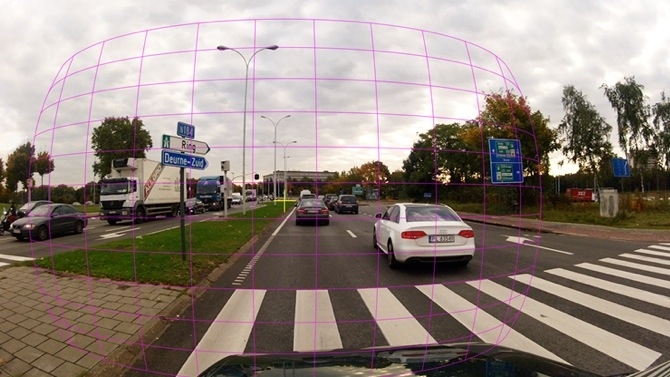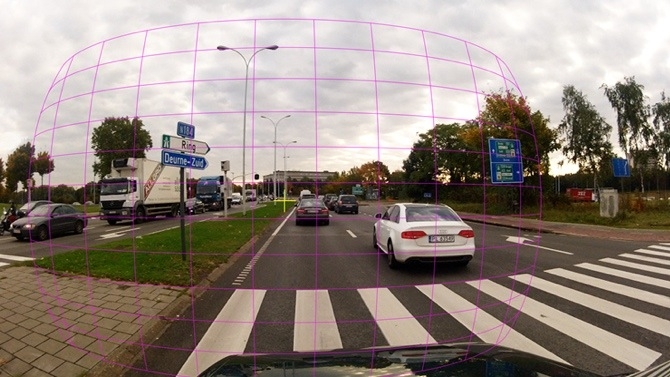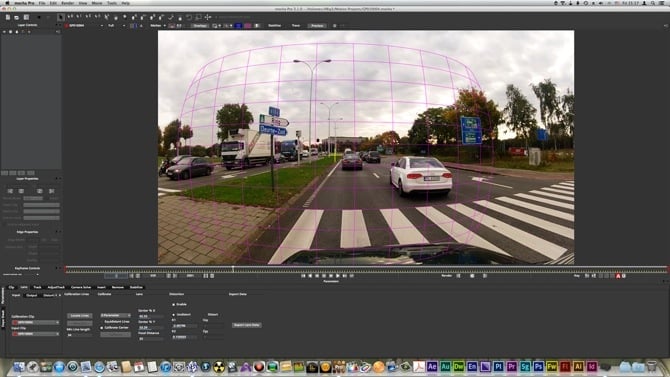
 Lens Distortion
Lens Distortion
Erik Vlietinck tries out the lens correction in this major new update with a GoPro camera
Mocha Pro 3.1 is a free update of this planar tracking and rotoscoping software. (What "planar" means is that it can track whole surfaces and not just points - so if a "surface" moves partly out of sight, it is still tracked, whereas if just the corners of the shape were being tracked, it could be lost if any of the points were to be obscured). Despite its zero price it has a few new features that would more than justify payment.
Mocha Pro 3.1's new features
Greatly improved Lens Module
Ability to import and use External Distortion Maps in all mocha Pro modules
Ability to export rasterized Distortion Maps for Nuke, Fusion, Flame, etc.
Support for export to new mocha Lens plug-in for After Effects
3D Camera export to HitFilm2 from FXhome
RED (R3D) file support
Export coloured roto shapes directly to Nuke and After Effects (or render externally)
Seamlessly export Planar Tracking data to ASSIMILATE SCRATCH 7.

I tried the lens calibration export to After Effects and Distortion Maps, and the coloured shapes export feature. I took a GoPro wide-angle clip and ran it through mocha Pro 3.1. Instead of the complicated workflow I was bracing myself for, mocha Pro 3.1 presented me with a simple, but multi-step workflow.
Calibration involves selecting the most lens-distorted lines by clicking "New Line" and then clicking those lines in the viewer. Then click on Calibrate and export the Lens Data to After Effects. In the case of After Effects, it's best to copy to clipboard and just hit the paste key once you're in After Effects with the same clip in the compositing viewer.
Magic
As if by magic, all lines were straightened and the typical fish-eye effect that you get when shooting Wide using a GoPro HD Hero2 was gone. Of course there is a bit of a deformation going on in other areas, but you can control that in After Effects.
Another great improvement is that you can now export "coloured shapes" to After Effects. In mocha Pro 3, you can colorise your layers, and therefore also your shapes. These coloured shapes can now be exported to After Effects, Nuke, etc. This can serve three purposes:
It can help you identify shapes across applications, or you can use it for generating mattes. It can also be used for creative reasons. Coloured shapes can be made to look much like a cartoon rendition of the footage.
Tags: Post & VFX


Comments